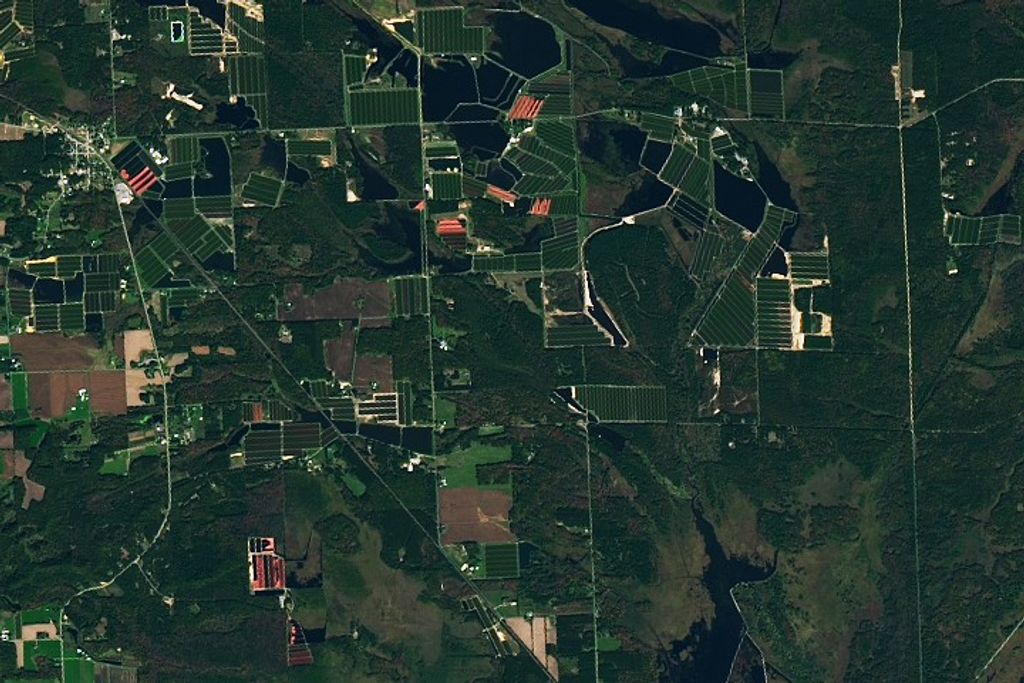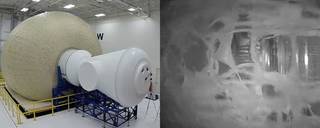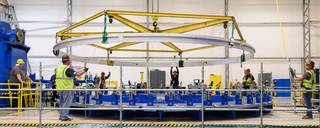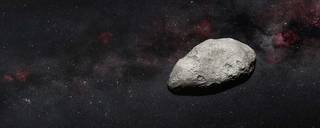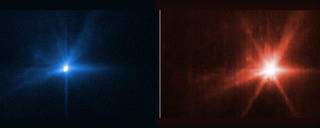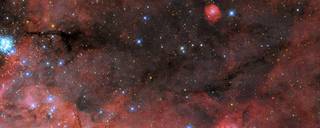Week of February 6 – February 10, 2023
Successful Creep Test for Inflatable Space Habitat
In collaboration with Sierra Space and ILC Dover, teams at NASA’s Marshall Space Flight Center in Huntsville, Alabama, conducted a creep test that demonstrated an inflatable structure’s capability for sustaining human life in space for long periods of time by using a sustained amount of pressure over time until the unit burst.
Progress Underway on Moon Rockets for NASA’s Crewed Artemis Missions
NASA and its partners across the country are continuing to make progress on the crewed Artemis missions with hardware for NASA’s Space Launch System (SLS) rockets for Artemis II, III, and IV already in various phases of production, assembly, and testing. SLS proved to be the world’s most powerful rocket, when its two solid rocket boosters and four RS-25 engines produced more than 8.8 million pounds of thrust at liftoff to send NASA’s Orion spacecraft beyond the Moon and back on Artemis I.
Webb Detects Extremely Small Main Belt Asteroid
An asteroid roughly the size of Rome’s Colosseum — between 300 to 650 feet in length — has been detected by an international team of European astronomers using NASA’s James Webb Space Telescope. Their project used data from the calibration of the Mid-InfraRed Instrument, in which the team serendipitously detected an interloping asteroid.
NASA’s DART Mission Receives Space Foundation Achievement Award
NASA’s Double Asteroid Redirection Test (DART) team has been selected to receive the 2023 Space Achievement Award, a top award from the Space Foundation. The DART spacecraft successfully impacted its target asteroid, Dimorphos, on Sept. 26, 2022.
Hubble’s New View of Tarantula Nebula
A snapshot of the Tarantula Nebula – also known as 30 Doradus – is featured in a new image from the NASA/ESA Hubble Space Telescope. The Tarantula Nebula is a large star-forming region of ionized hydrogen gas that lies 161,000 light-years from Earth in the Large Magellanic Cloud, and its turbulent clouds of gas and dust appear to swirl between the region’s bright, newly formed stars.
For more information or to learn about other happenings at NASA’s Marshall Space Flight Center, visit NASA Marshall. For past issues of the ICYMI newsletter, click here.









